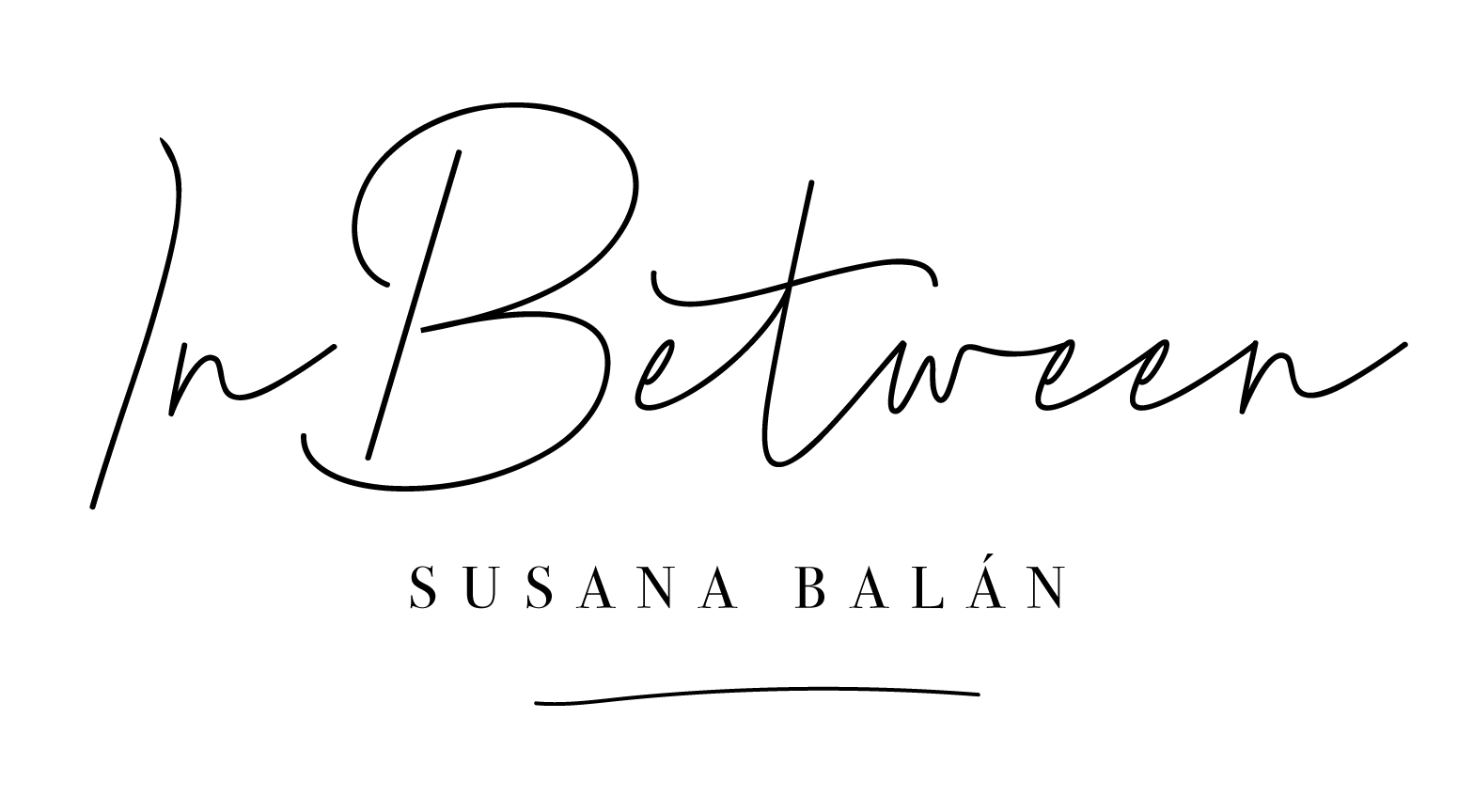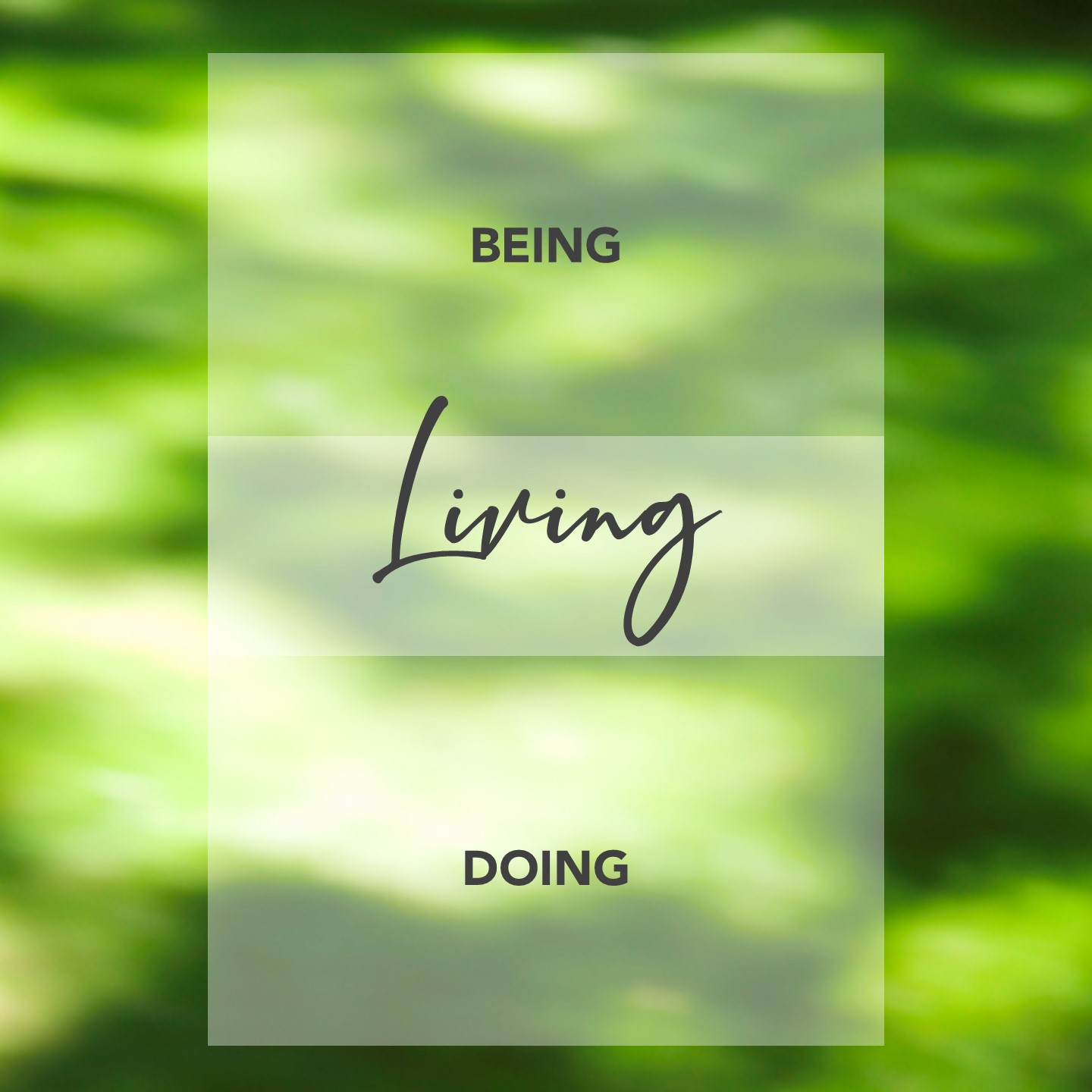The human body teaches us that the secret to good health is in the joints, in the in-between, in the hinge that articulates the movements and the different functions necessary for life to flow.
The heart requires two movements to perform its functions, just as the respiratory, muscular and digestive systems also require two movements to keep the body healthy.
The dichotomy between being and doing, between what philosophers call immanence and transcendence is as old as human thinking.
Why not solve this artificial separation and maintain that life should be, for a good psychological and spiritual functioning, an articulation between moments of doing and being? Doing without thinking, without connecting with the emotions linked to that task, without questioning the deepest, true reasons of the action, is an empty behavior that doesn’t enrich the human being, but bureaucratizes it until any trace of one’s own life disappears in the routinization of the activity. Feeling without reflecting on the experiences that calm us, without putting into practice the values we want to uphold, limit our learning about how to live a good life.
The activity that refers to being is a fundamental part of the life process. But it’s not the opposite of doing, it’s complementary. Being defined as something greater that myself, as the part of myself that existed, exists, and will exist through all the changes and all the tasks that occupied me in life.
That unspeakable feeling of being immerse in a whole, greater than myself, that at the same time holds me in the certainty necessary to exist.
What was happening, until the coronavirus forced us to rethink this trend, was that “true” life seemed to be increasingly that of doing, an “empty” doing, without a deep sense of integration with oneself and with the community one belongs to.

